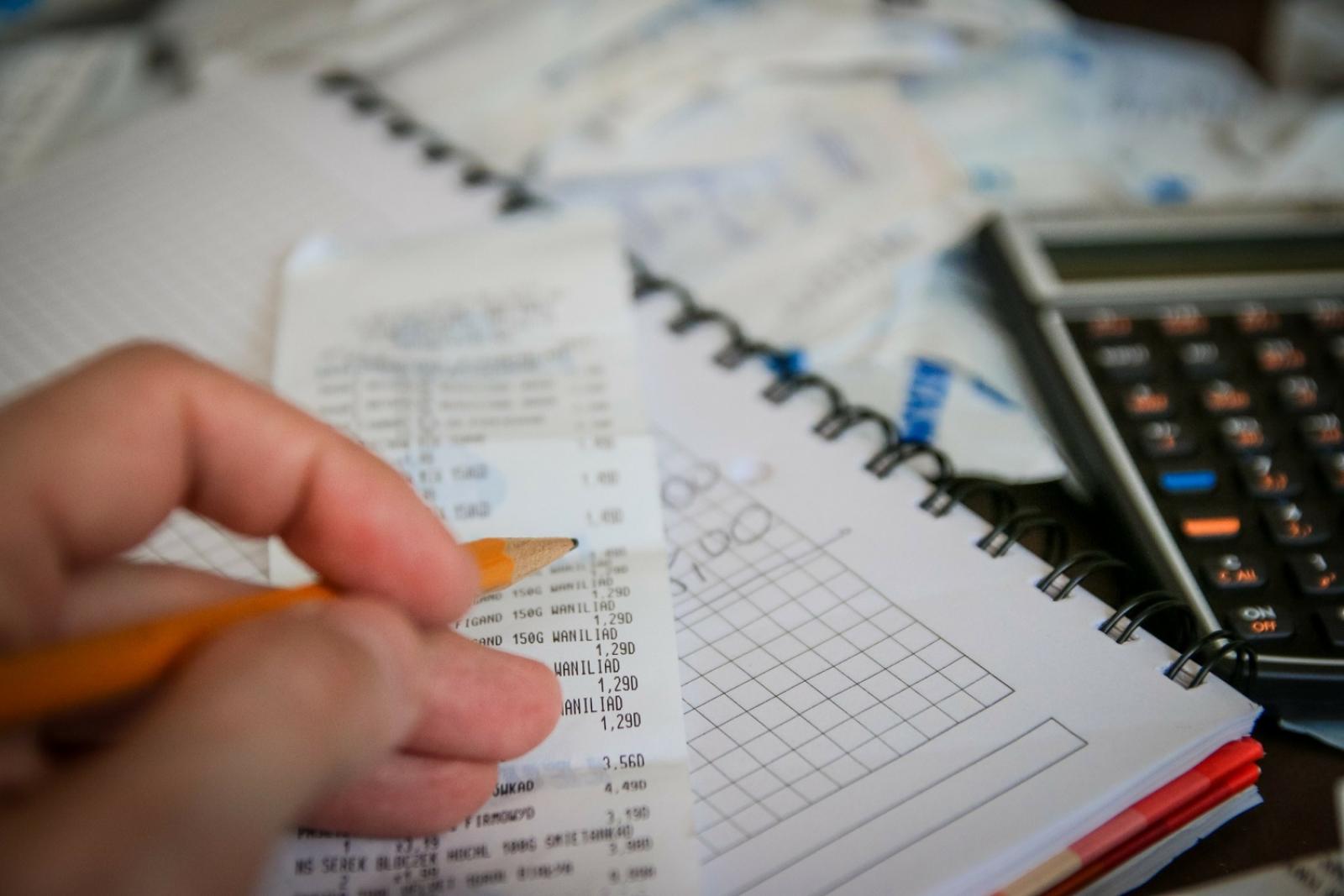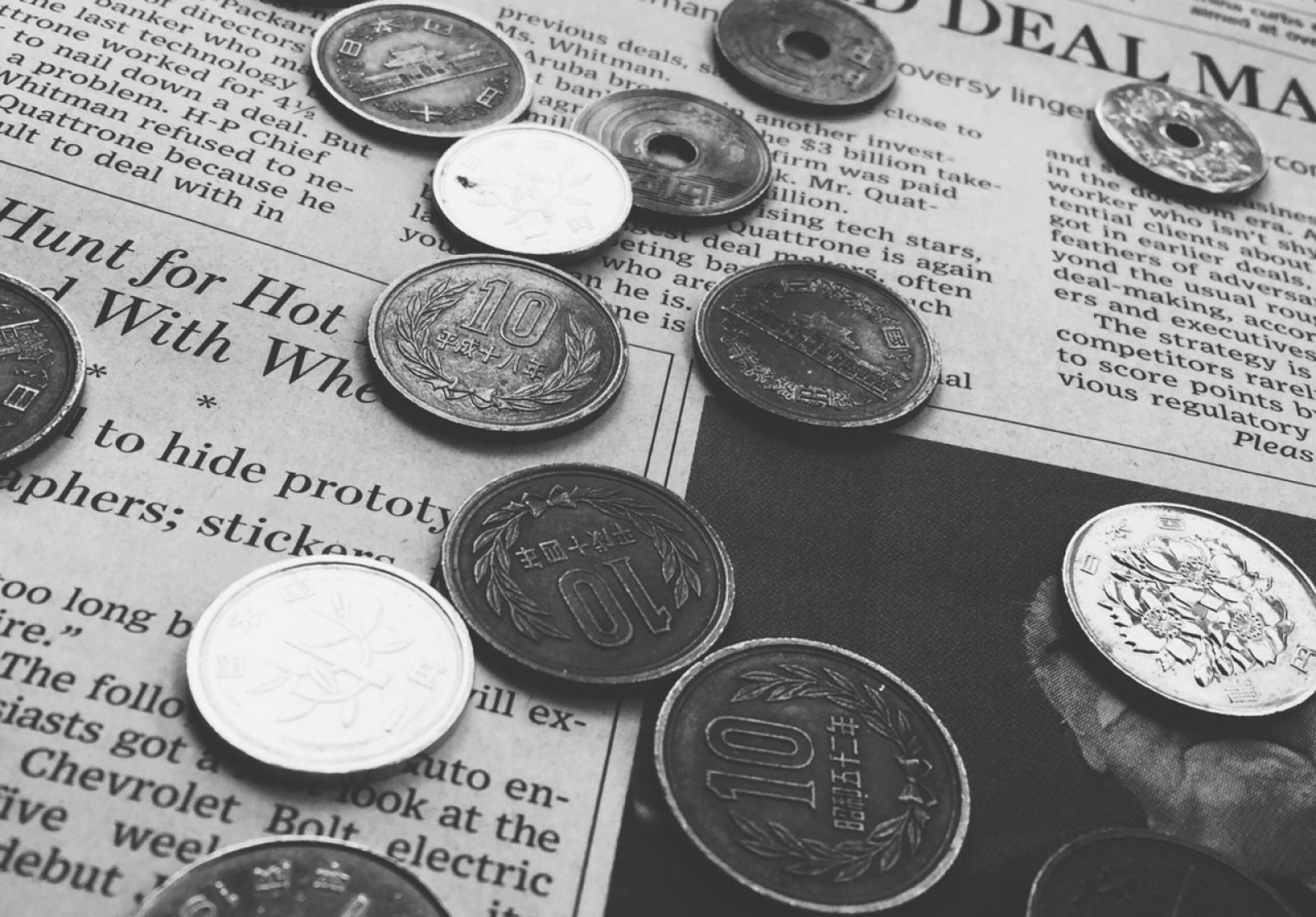10X Research CEO Markus Thielen warns that buying the dip on Bitcoin is “too risky” post-crash. Meanwhile, other analysts point towards signs of stabilization.
Bitcoin experienced a massive downturn on Monday, causing chaos in the crypto market and prompting analysts to reassess trading strategies.
The bloodbath resulted from a complex interplay of factors, including the unwinding of the Japanese Yen carry trade, macroeconomic concerns, and mounting tensions in the Middle East.
Despite the downturn, there are signs that Bitcoin is stabilizing and potentially recovering. The Bitcoin price has rebounded to around $56,410.85 after dipping below $50,000 yesterday. However, analysts heed caution.
“Financial markets are like puzzles that need to be reassembled periodically, with new drivers of asset prices emerging,” Markus Thielen said. “This is one of those times.”
Thielen highlighted that this dip differs from those in April and June. While sharp declines were offset by increased leverage then, this might not happen now due to the current “slow trading” period.
“August and September are notorious for slow trading. Many institutional players are on vacation, and deploying large amounts of capital is the last thing on their minds,” Thielen added.
As a result, Thielin urges appropriate risk management as “critical” during this slow period.
“Opportunities will likely arise once this period ends,” he said.
Analysts Point to Macroeconomic Factors
After Monday’s Bitcoin sell-off, analysts also highlight the importance of monitoring macroeconomic factors, particularly the rate gap changes between the Federal Reserve and the Bank of Japan.
The Federal Open Markets Committee (FOMC), which sets the target federal interest rate, won’t meet again until September 17.
However, traders proclaim optimism for a September rate cut below the current 5.25% – 5.5%. According to CME’s FedWatch tool, 65.5% of investors think the Fed will cut interest rates to 50 basis points to 4.75% – 5%. While 32.5 think the Fed will recommend a 25 basis point ease to 5% – 5.25%,
The recent Bank of Japan rate hike and subsequent recovery in the Nikkei 225, a major Japanese stock index, suggest that the full impact of market risks might not be reflected in current prices yet.
4. Fortunately, the likelihood of carry trade unwind triggering a complete turnaround in the US financial cycle is low, as the fundamental employment and economic data do not support an impending recession. However, the end of the carry trade still affects investor sentiment, and… pic.twitter.com/jGMaiT9XdW
— BloFin Academy (@BloFin_Academy) August 5, 2024
“The likelihood of carry trade unwind triggering a complete turnaround in the US financial cycle is low,” crypto exchange BloFin tweeted.
However, they warn that if the difference between interest rates set by the US Federal Reserve and the Bank of Japan decreases quickly, it could cause further drops in Bitcoin and traditional stock prices.
Other Analysts Support Buying The Dip On Bitcoin
Despite the gloomy outlook, analysts point towards market stabilization.
On-chain analysis firm IT Tech noted on CryptoQuant that the current leverage ratio is 0.1758, the lowest it has been since early 2020. This indicates that traders are using less borrowed money now.
They also reported that open interest, which represents the total value of open derivatives contracts, has dropped to $14 billion, the lowest level since mid-2021.
Is the Crypto Market Deleveraged Enough After Yesterday's Crash?
“The significant drops in OI & ELR indicate substantial deleveraging. Many leveraged positions have been liquidated or closed, reducing market risk and volatility” – By @IT_Tech_PL
Link👇https://t.co/0VGbLaDIXG pic.twitter.com/MkDGSTT7Ib
— CryptoQuant.com (@cryptoquant_com) August 6, 2024
“The market appears sufficiently deleveraged post-crash, potentially leading to more stability and setting the stage for a recovery, assuming other market conditions remain favorable,” 10x Research report noted.





